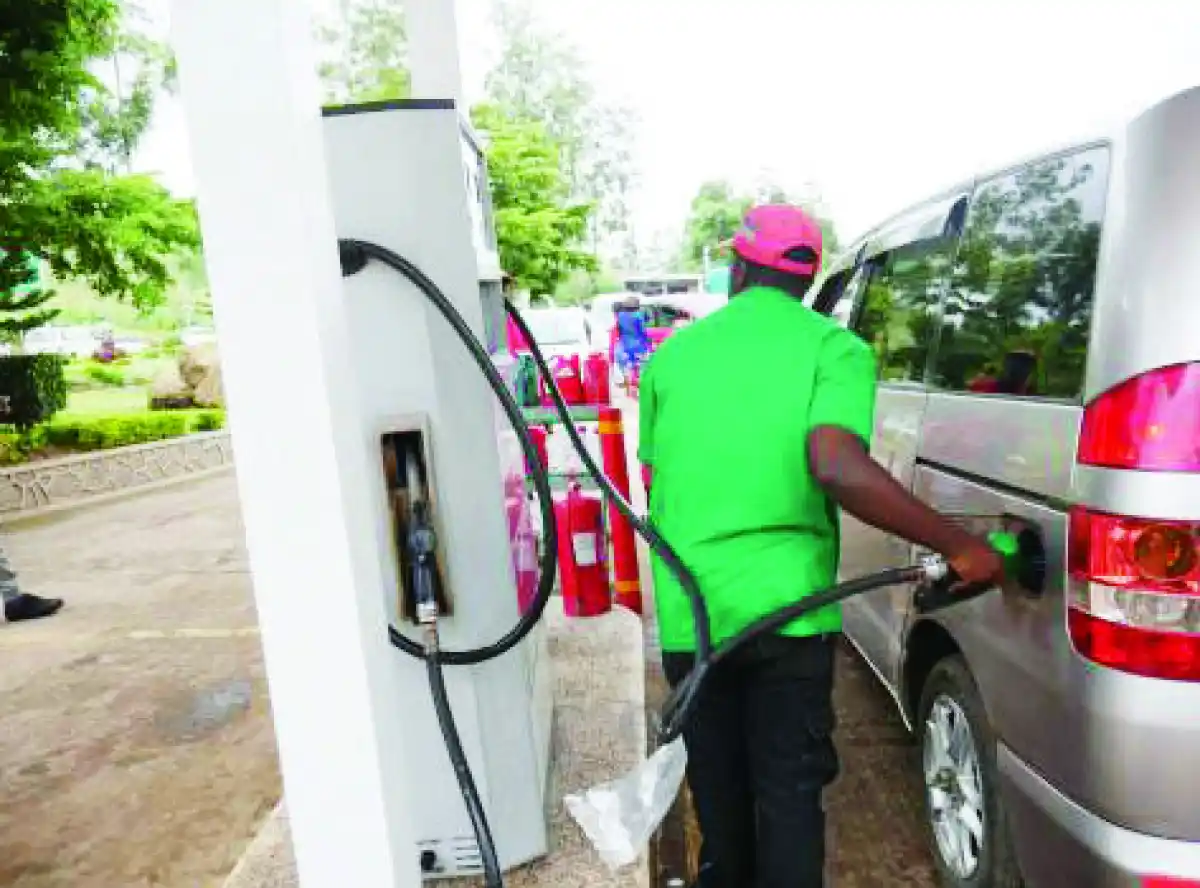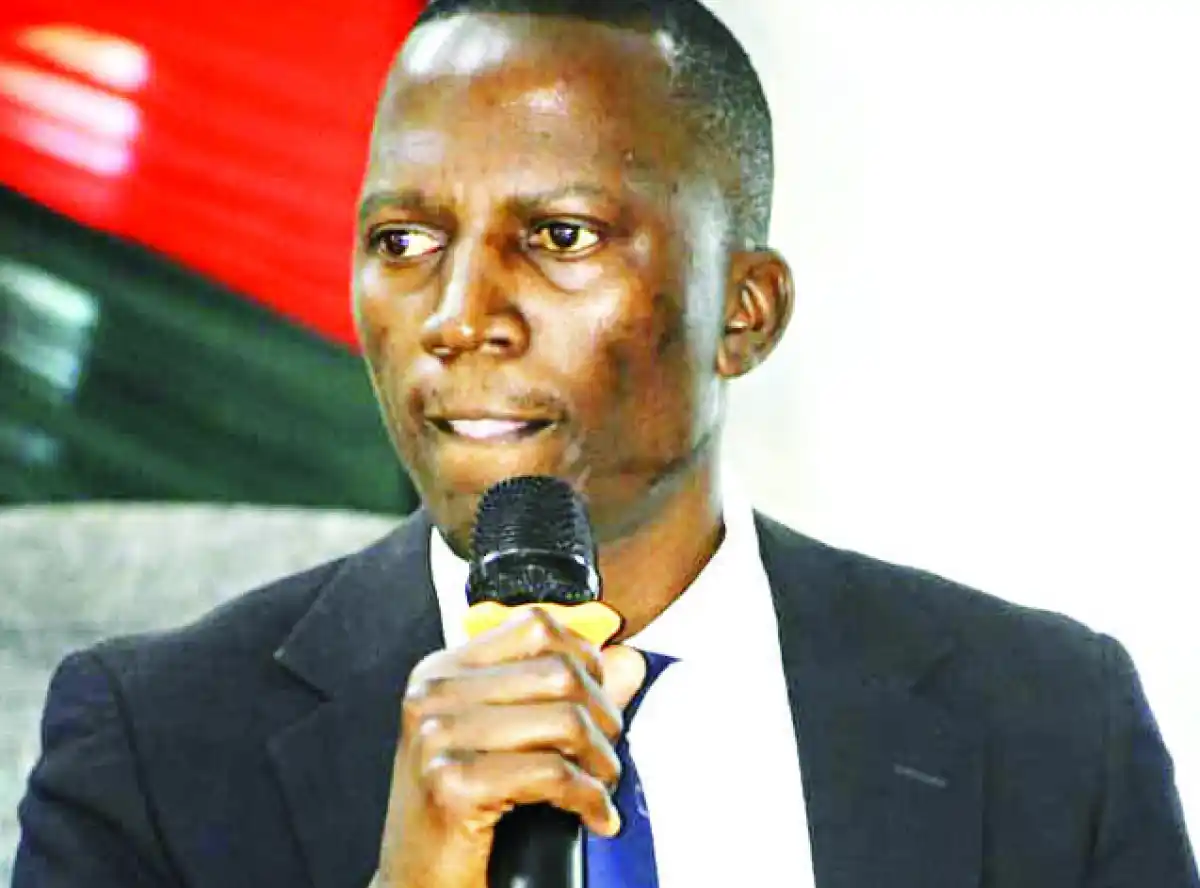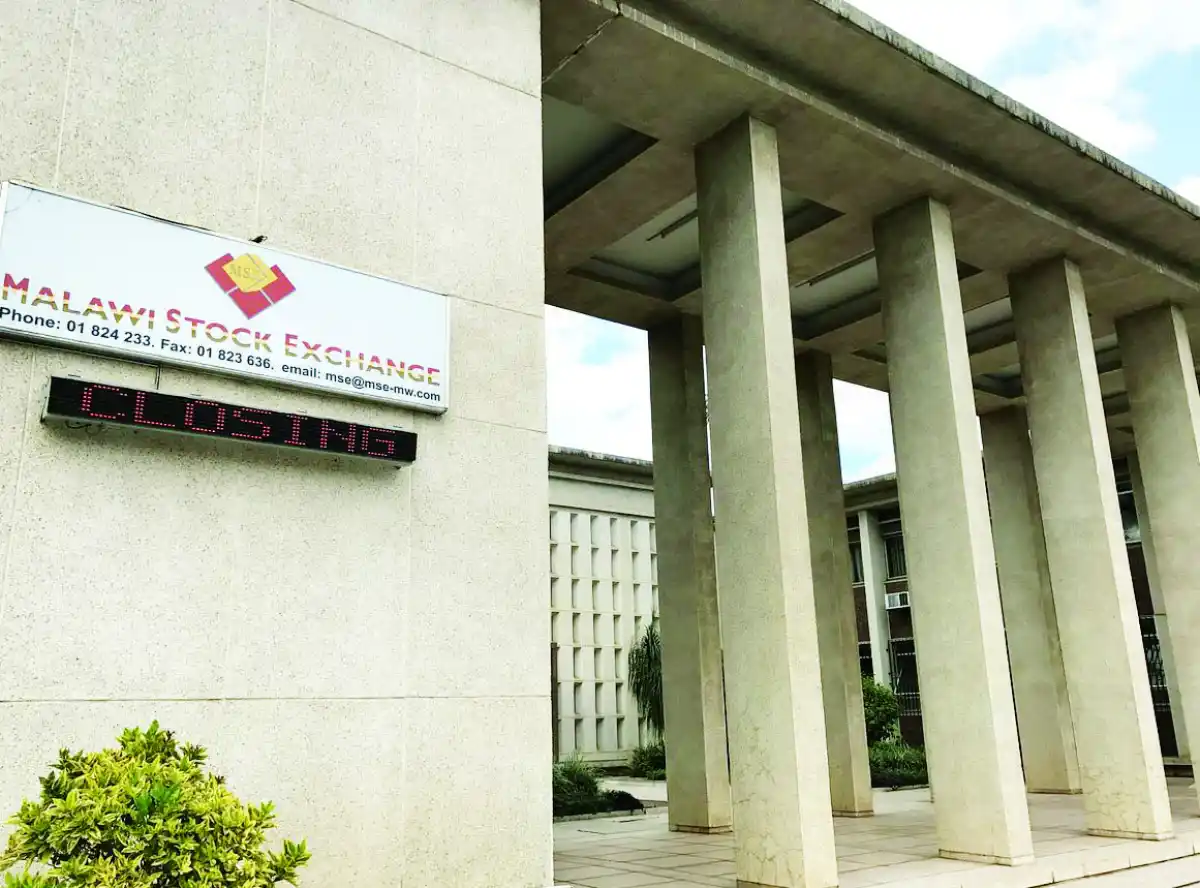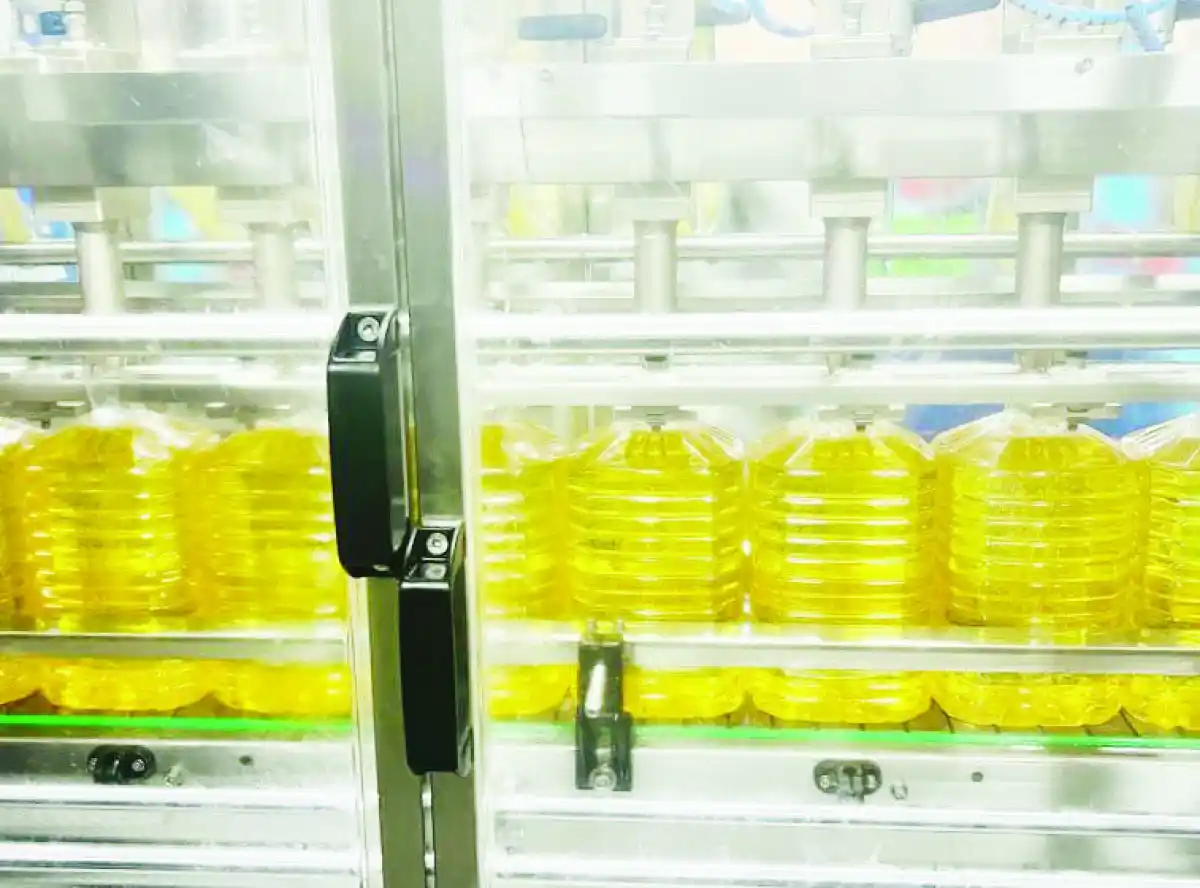
Prices of fuel have remained stable in the country in the recent past despite mixed developments in various markets in the sub- Saharan region, a recent Market Intelligence Report published by the Reserve Bank of Malawi (RBM) shows.
The last time fuel prices in Malawi were adjusted was in November 2023 to K2, 530 per litre for petrol, K2, 734 per litre for diesel and K1, 910 per litre for Kerosene.
This was necessitated by a 44 percent devaluation of the Kwacha at the time.
The RBM report notes that retail fuel pump prices across selected Sub-Saharan African economies exhibited diverse trends during the month under review.
For instance, in South Africa, Petrol and diesel prices decreased to $1.38 per litre and $1.21 per litre respectively in June from $1.45 per litre and $1.28 in May 2024. In Tanzania, petrol and diesel prices decreased to $1.25 per litter and $1.19 per litter from $1.28 per litter and $1.24 per litter.
“In Kenya, petrol and diesel prices fell to $1.48 per litter and $1.35 per litter in June 2024 from $1.49 per litter and $1.38 per litter in May 2024. In Rwanda, retail pump prices for petrol lowered to $1.27 in June 2024 from $1.37 per litre in May 2024, however, the price of diesel slightly rose to $1.28 per litter from $1.27 per litter in the previous month,” the report reads.
The report further notes that the Botswana Energy Regulatory Authority maintained retail pump prices for both petrol and diesel at their May 2024 levels.
In an interview, economist Velli Nyirongo said the decision to maintain the fuel prices is the right decision given the current environment given the current forex reserve position.
“This is good news to the consumers who are experiencing high cost of living. This is a positive factor to stabilise the non-food inflation rate.
“The maintenance of retail pump prices for petrol and diesel at consistent levels by Mera to help provide economic stability and predictability, which can positively impact consumer confidence, spending habits, and overall economic health,” Nyirongo said.
Meanwhile , Malawi Energy Regulatory Authority (Mera) highlights for March 2023 to April 2024 indicate that the price review utilises the Automatic Pricing Mechanism whereby changes in retail prices for fuel and gas products are pegged to changes in international petroleum and gas prices (Free-On- Board price, FOB) as well as movements in the exchange rate.
“The general trend across the various fuel types analysed from April 2023 to March 2024 shows an upward movement in prices. Most fuels experienced a gradual increase in their FOB prices over the period, with significant rises, particularly in LPG, Paraffin, and Jet A-1.
“There was substantial depreciation of the kwacha against the dollar over the year, which created pressure on domestic prices of petroleum products. The exchange rate trend from April 2023 to March 2024 began with the average rate holding steady at 1036.2486 dollar/ kwacha in April and May 2023. A significant jump occurred in November 2023, with the rate soaring to K1700 dollar/kwacha. In March 2024, another increase took the rate to 1751.0000 dollar/kwacha,” the report reads.








0 Comments